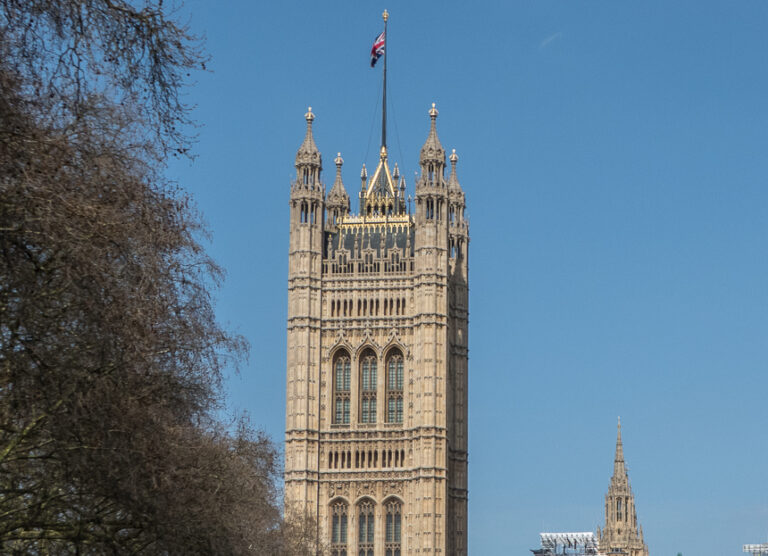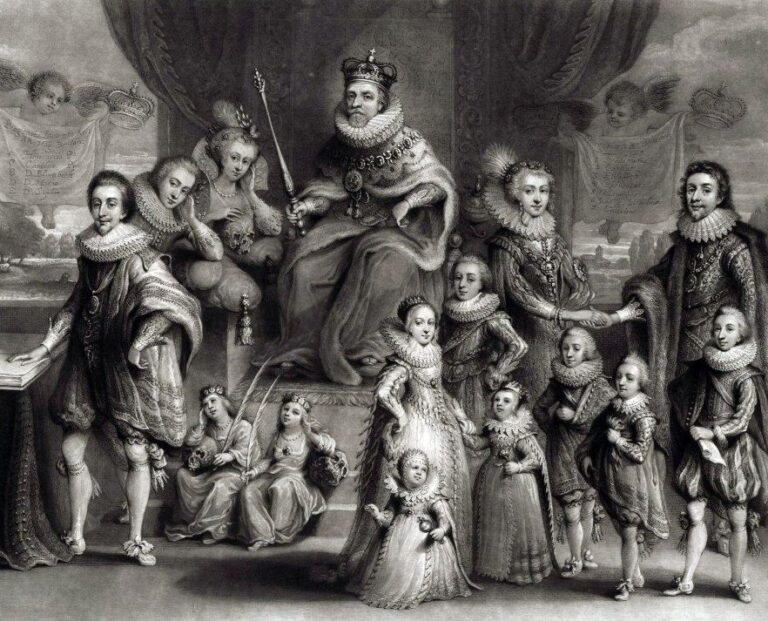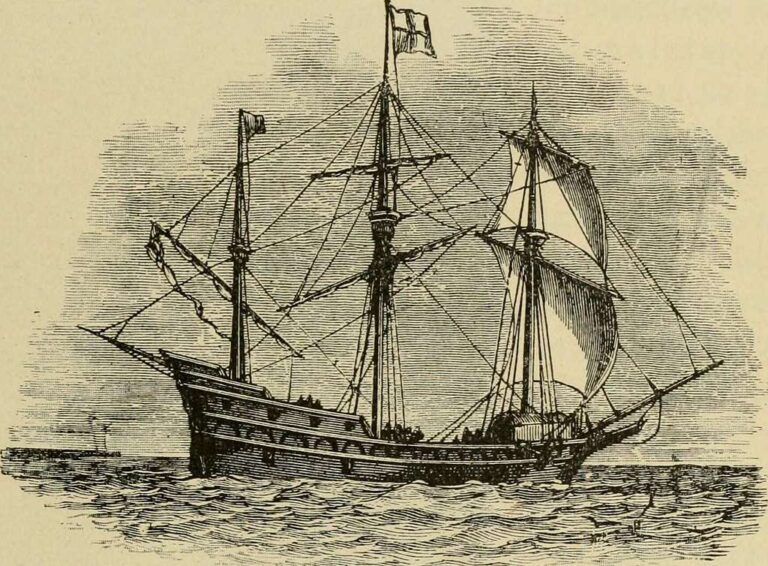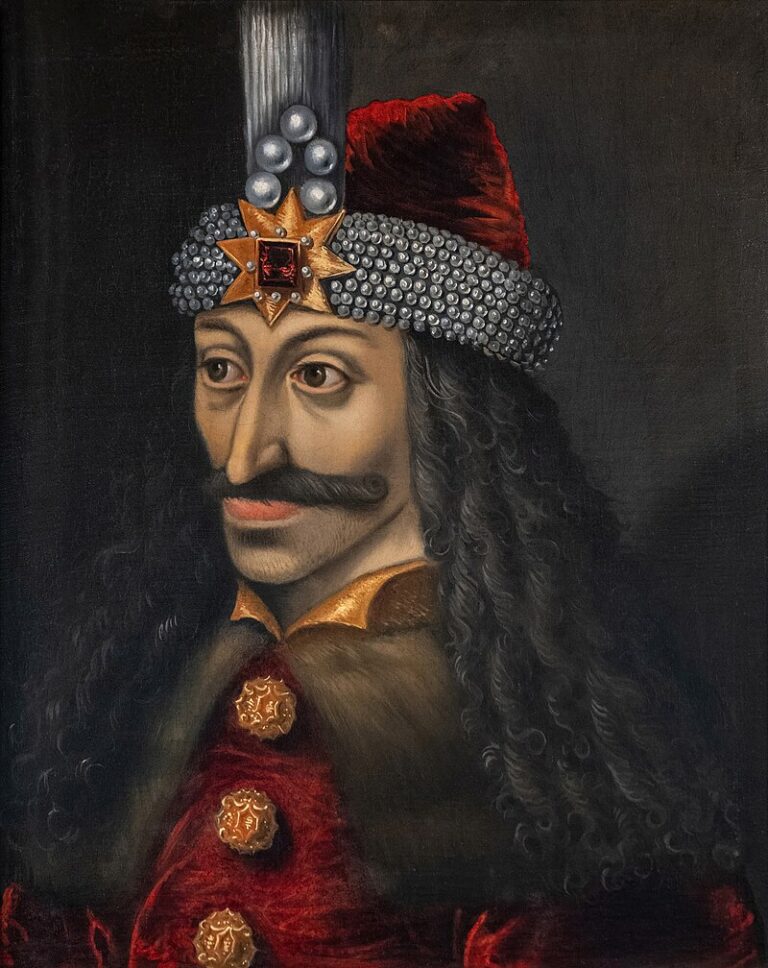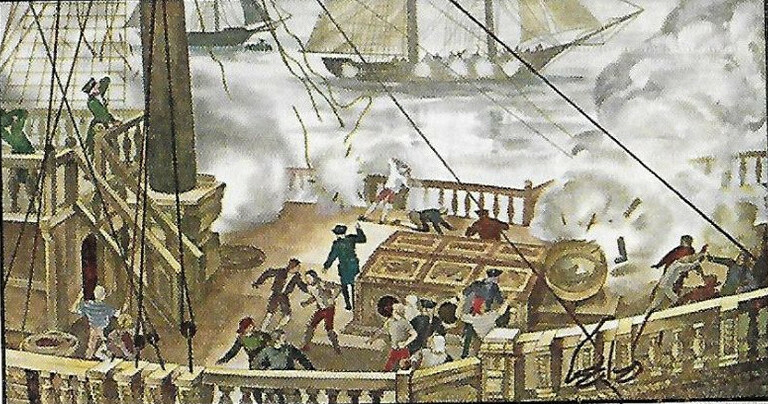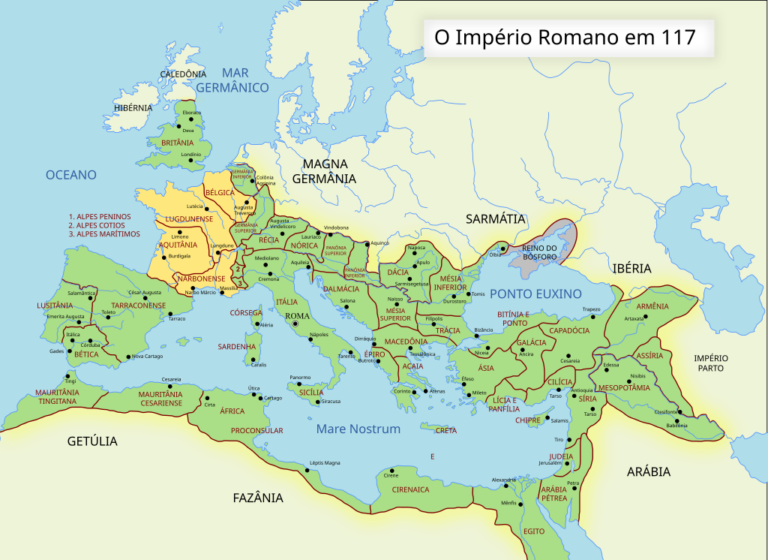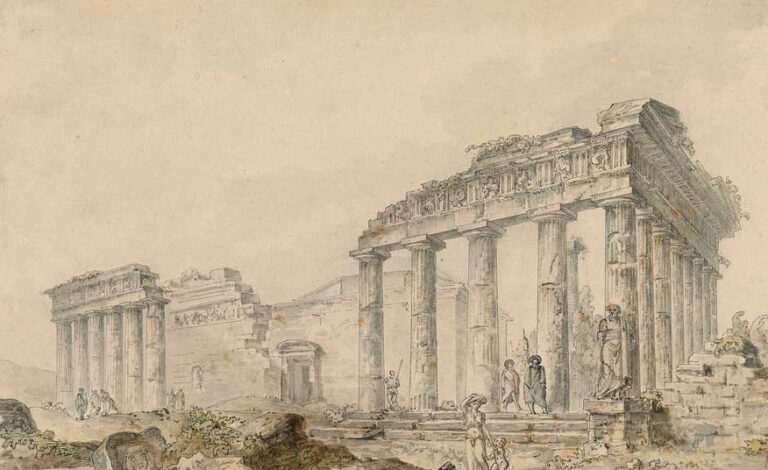
The history of London is a fascinating journey through over 2,000 years of growth, transformation, and influence. As one of the world’s most historically significant financial and cultural centers, the City of London dates back to Roman Britain and has played a crucial role in shaping British history. Throughout its existence, various rulers, institutions, and governing bodies have managed the city, adapting to its evolving needs. Let’s explore the history of London, tracing its development across different time periods.
Roman Foundations (43 CE – 410 CE)
The history of the City of London begins with the Romans, who established the settlement of Londinium around 47 CE, shortly after their successful invasion of Britain under Emperor Claudius. Strategically located on the River Thames, Londinium quickly became a vital hub for trade, administration, and military operations. The Romans constructed fortifications, roads, and bridges, which facilitated commerce and communication with other parts of the empire.
By the 2nd century CE, Londinium had grown into the largest and most prosperous city in Roman Britain, surpassing other settlements in size and significance. The city boasted a forum (a central marketplace and meeting area), a basilica (a public building used for administration and legal matters), an amphitheater (used for entertainment such as gladiatorial games), public baths, and temples dedicated to Roman gods.
Londinium faced periodic challenges, including destruction during Boudica’s revolt in 60-61 CE, when the Iceni queen led an uprising against Roman rule, burning the city to the ground. The Romans, however, swiftly rebuilt Londinium, fortifying it further and expanding its influence.
With the decline of the Western Roman Empire, Rome began withdrawing its military forces from Britannia to deal with crises elsewhere. By 410 CE, Roman administration had effectively collapsed, and the city was left vulnerable. Without imperial support, Londinium fell into decline and was largely abandoned, marking the end of its first great era as a major urban center.
Anglo-Saxon and Viking London (5th – 11th Century)
After the Roman withdrawal in 410 CE, Londinium was largely abandoned, and the city fell into disrepair. For nearly two centuries, the old Roman city saw little organized settlement, with small pockets of Britons and incoming migrants living in the surrounding areas. However, by the 7th century, waves of Anglo-Saxon settlers arrived, breathing new life into the area and establishing a town known as Lundenwic, located slightly west of the old Roman ruins, in what is now the Covent Garden and Aldwych area.
Lundenwic quickly became a thriving trade hub. The Anglo-Saxons engaged in commerce with Europe, trading timber, wool, metals, and luxury goods with merchants from Frisia (modern Netherlands), France, and Scandinavia. Unlike the well-planned Roman city, Anglo-Saxon Lundenwic was a more open, loosely structured settlement without substantial fortifications.
London’s prosperity attracted attention from external forces, and by the 9th century, it became a target for Viking raids. The first recorded Viking attack occurred in 842 CE, followed by a more devastating invasion in 851 CE, when the Danes burned the town and looted its wealth. The most significant Viking threat came in 865 CE, when the Great Heathen Army, a massive force of Norse warriors, invaded England, capturing much of the country.
By the late 9th century, the Vikings had seized control of London, establishing it as part of the Danelaw, the region of England under Danish rule. However, in 886 CE, King Alfred the Great of Wessex launched a successful campaign to recapture London. Recognizing the vulnerability of Lundenwic, Alfred moved the settlement back within the old Roman walls, where its defenses could be strengthened. This fortified city became known as Lundenburg and marked the rebirth of London as a major English stronghold.
As London re-emerged as a center of trade and governance, Anglo-Saxon kings played a crucial role in its administration. They granted trading rights and privileges to merchants, encouraging commerce and economic growth. By the 10th century, the city had become one of England’s most important markets, with a growing population and a strong mercantile community.
During this period, the foundations of London’s early civic institutions began to take shape. Guilds (associations of merchants and craftsmen) were established to regulate trade, prices, and working conditions. These guilds played a significant role in local governance, helping to enforce laws, settle disputes, and protect their members’ interests. The city also developed rudimentary legal systems, with local courts and officials overseeing justice.
Medieval London (1066 – 1485)
The Norman Conquest of England in 1066 marked a significant turning point for London. Following his victory at the Battle of Hastings, William the Conqueror recognized London’s economic and strategic importance and moved quickly to secure control over the city. Unlike other parts of England, which faced immediate suppression, London’s status as a powerful trading hub meant that William took a pragmatic approach—instead of forcibly subjugating the city, he granted it certain rights in exchange for its loyalty.
To assert Norman rule and deter potential rebellions, William ordered the construction of the Tower of London in 1078. This imposing fortress, built on the site of an earlier Roman fort, served both as a military stronghold and as a symbol of Norman dominance over the English. Over time, it also became a royal palace and prison, playing a central role in England’s political history.
By the 12th century, London had developed a distinct civic identity, leading to the gradual formation of the City of London Corporation—one of the oldest governing bodies in the world. This organization arose from the city’s growing class of merchants, artisans, and guild leaders, who sought to regulate trade, administer justice, and oversee local affairs.
In 1189, the city’s governance took a major step forward with the establishment of the office of Lord Mayor of London. The Lord Mayor became the chief civic leader, responsible for representing the interests of London’s merchants and ensuring the city’s economic and legal stability.
Another turning point came in 1215, when King John—under pressure from rebellious barons—granted London a Royal Charter as part of his broader concessions leading to the Magna Carta. This charter formally recognized the city’s right to self-governance, allowing the citizens to elect their own mayor and manage local affairs with minimal royal interference.
During the 12th to 14th centuries, London experienced rapid population growth and economic expansion. The city’s location along the River Thames made it an ideal center for international trade, with merchants from Italy, Flanders, Germany, and beyond bringing in goods such as wool, spices, wine, and textiles. London became a hub for the export of English wool and cloth, which were highly sought after in European markets.
The city’s economy was dominated by guilds, powerful associations of merchants and craftsmen who regulated trade practices, apprenticeships, and quality standards. These guilds were highly influential in shaping the city’s policies, and some of the wealthiest, such as the Mercers, Goldsmiths, and Fishmongers, wielded significant political power.
London’s dense population and poor hygiene contributed to frequent outbreaks of disease. The most devastating was the Black Death of 1347-1351, which killed nearly half of the city’s population. Fires were another constant threat. The closely packed wooden buildings and open hearths made London prone to catastrophic blazes. Smaller fires were common, but major incidents, such as the Great Fire of 1212, destroyed large portions of the city.
Tudor and Stuart London (1485 – 1714)
With the rise of the Tudor dynasty in 1485, London’s importance grew rapidly. Under Henry VII and Henry VIII, England became a major European power, and London became the heart of political, commercial, and social life. The city’s population boomed, growing from 50,000 in 1500 to over 200,000 by 1600, driven by migration from the countryside and an expanding merchant class.
One of the most significant changes came during Henry VIII’s reign (1509–1547) with the Dissolution of the Monasteries (1536–1541). Henry seized church lands and properties, redistributing them among his loyal supporters. This resulted in the destruction or repurposing of monastic buildings, such as Westminster Abbey (which became a cathedral), and in the creation of new residential and commercial areas, as former church lands were developed into housing, markets, and public spaces. Another effect was the establishment of hospitals and schools in former monastic buildings, such as St. Bartholomew’s Hospital and Christ’s Hospital (a school for poor children).
By the reign of Elizabeth I (1558–1603), London had become one of the leading commercial cities of Europe. Key developments included the founding of the Royal Exchange (1566) by Sir Thomas Gresham, establishing a center for finance and trade, and the rise of the Muscovy Company (1555) and the East India Company (1600), which established trade routes with Russia, India, and Asia, laying the foundations for the British Empire. Another effect was the growth of the Thames River port, which saw ships importing silk, spices, tobacco, and sugar from the New World and Asia.
London also became a cultural and literary hub, with the rise of the Elizabethan theatre. William Shakespeare, Christopher Marlowe, and Ben Jonson all staged their plays in the city, with famous venues like The Globe Theatre (1599) drawing huge crowds.
The Stuart period brought political and economic turbulence, but also saw London rebuilt and modernized after devastating disasters.
London suffered one of its worst disasters with the Great Plague of 1665, which killed nearly 100,000 people—almost a quarter of the city’s population. The crowded, unsanitary streets, open sewers, and poor medical knowledge allowed disease to spread rapidly. Just as London was recovering, the Great Fire of London broke out on September 2, 1666, in a bakery on Pudding Lane. The fire raged for four days, destroying over 13,000 buildings, including 87 churches and most of the medieval city.
After the fire, Sir Christopher Wren was tasked with redesigning London, introducing wider streets, fire-resistant brick and stone buildings, and improved infrastructure. Key projects included the new St. Paul’s Cathedral (completed in 1711), the Monument to the Great Fire of London, commemorating the disaster, as well as the reconstruction of over 50 churches, including St. Mary-le-Bow and St. Bride’s Church.
Throughout the Stuart period, the City of London Corporation remained responsible for governing the city, maintaining its medieval charters and protecting trade and merchant interests. However, royal influence was still strong, especially under the reigns of James I and Charles I, who clashed with Parliament and the city’s merchants over taxation and political control.
This conflict escalated into the English Civil War (1642–1651), during which London sided with Parliament against King Charles I. After the execution of Charles I in 1649, London remained the center of power under Oliver Cromwell’s Puritan Commonwealth until the monarchy was restored in 1660 with Charles II.
Georgian and Victorian London (1714 – 1901)
During the 18th and 19th centuries, London underwent a dramatic transformation, growing from a bustling commercial hub into the heart of the British Empire. The city experienced rapid population growth, industrialization, and sweeping urban reforms, making it a leading center for finance, culture, and global trade.
The Georgian era (1714–1837), spanning the reigns of George I to William IV, saw London’s population and economy expand significantly. London’s population soared from around 600,000 in 1700 to over 1.5 million by 1830, making it the largest city in Europe. Wealthy elites moved into newly developed Georgian townhouses in elegant areas like Mayfair, Bloomsbury, and Marylebone, designed with neoclassical architecture and wide streets. On the other hand, the poor lived in overcrowded slums in areas like Whitechapel, Spitalfields, and Southwark, where unsanitary conditions led to frequent disease outbreaks.
The rebuilding of London Bridge in 1831 replaced the medieval structure, enhancing connectivity across the River Thames. The construction of Westminster Bridge in 1750 and Blackfriars Bridge in 1769 further expanded access within the city. In addition, improvements to major roads and highways made travel faster and more reliable, while the River Thames remained a vital transport route. Thousands of ships docked daily at London’s bustling docks, bringing in goods from across the British Empire.
The establishment of the London Stock Exchange in 1801 provided the foundation for an economic boom. The East India Company, headquartered in London, played a crucial role in Britain’s colonial expansion, particularly in India, the Caribbean, and Africa. Until its abolition in 1807, the slave trade had been a major economic force, with London profiting from the import of sugar, cotton, and tobacco from plantations across the empire. The city’s wealth and industrial prowess were showcased on the world stage at the Great Exhibition of 1851, held in the iconic Crystal Palace in Hyde Park.
Culturally, London became a leading center of intellectual and artistic life. The founding of the British Museum in 1753 established one of the world’s most significant institutions for history, science, and art. Literature, theatre, and newspapers thrived, with figures such as Samuel Johnson, Jane Austen, and William Blake shaping the city’s vibrant literary scene.
The Victorian era, spanning from 1837 to 1901, marked an even greater expansion of London, making it the largest and most powerful city in the world. However, this rapid growth brought both progress and challenges, with industrialization, social reform, and governance changes defining the city’s development.
By the early 20th century, London had reached a population of 6.5 million, making it the largest city in human history at the time. New districts such as Islington, Camden, and Kensington emerged to accommodate the growing population. Immigration increased, with Irish, Indian, and Eastern European Jewish communities adding to the city’s diversity. The industrial boom led to major infrastructure projects, including the expansion of the railway network. Paddington Station (1854), King’s Cross Station (1852), and Victoria Station (1860) became vital hubs connecting London to the rest of Britain. The opening of the London Underground in 1863, with the Metropolitan Railway, made it the first underground transit system in the world. The construction of the Thames Embankment between 1864 and 1870 helped reduce flooding and provided space for roads and sewage systems, while Tower Bridge, completed in 1894, became a key crossing over the Thames.
As the city expanded, public health became a pressing issue. The Great Stink of 1858, caused by untreated sewage in the Thames, forced Parliament to commission Joseph Bazalgette’s modern sewer system, drastically improving sanitation. Recurring cholera outbreaks in 1832, 1848, 1854, and 1866 highlighted the dire need for clean drinking water and better hygiene. Overcrowded slums in East London exposed the depths of urban poverty, leading to housing reforms. Figures like Charles Booth documented the extent of poverty in the city, influencing social policies aimed at improving living conditions. The government responded with a series of social reforms, including the Factory Acts of 1833 and 1847, which restricted child labor and improved working conditions. The Education Act of 1870 made schooling compulsory for all children, while reforms to workhouses aimed to provide better care for the destitute.
Crime and policing also underwent significant changes. The establishment of the Metropolitan Police in 1829 by Sir Robert Peel created the first modern police force, aiming to reduce crime and maintain public order. Despite these efforts, crime remained a major concern, with infamous cases like the Jack the Ripper murders in 1888 terrorizing the East End.
By the turn of the 20th century, London had solidified its position as the political and economic heart of the British Empire. The Houses of Parliament, rebuilt after the fire of 1834, became a symbol of Britain’s constitutional government. The British Raj, established in 1858, funneled wealth from India into the capital, while trade with Africa and the Caribbean further strengthened London’s economy. Queen Victoria’s Diamond Jubilee in 1897 celebrated the city’s imperial dominance, with leaders from across the empire gathering in London for the occasion.
With the city’s continuous growth, new governance structures became necessary. While the City of London Corporation continued to oversee the historic core, its influence waned as new boroughs developed. The Metropolitan Board of Works was established in 1855, followed by the London County Council in 1889, to manage the city’s expanding infrastructure, housing, and sanitation needs.
Modern London (1901 – Present)
As the 20th century unfolded, London transformed from the heart of the British Empire into one of the world’s most influential financial, cultural, and political centers. The city endured two World Wars, post-war reconstruction, economic shifts, and technological advancements, all of which reshaped its identity.
During World War I (1914–1918), London served as Britain’s command center. While largely spared from frontline combat, the city experienced German air raids, including the first Zeppelin bombings in 1915. These attacks brought the war directly to civilians, killing hundreds and introducing the concept of total war.
World War II (1939–1945) had a far greater impact on London. The Blitz, lasting from September 1940 to May 1941, saw relentless German bombing campaigns that destroyed thousands of homes, businesses, and historic landmarks. The Houses of Parliament, Buckingham Palace, and St. Paul’s Cathedral were all targeted, though the cathedral miraculously survived, becoming a symbol of resilience. Thousands of Londoners sought refuge in underground stations, while the government, led by Winston Churchill, coordinated Britain’s war effort from the Cabinet War Rooms.
The end of World War II left London devastated, with entire neighborhoods in ruins. Massive reconstruction efforts reshaped the city’s landscape, leading to modernist architecture and new housing developments. The iconic Brutalist buildings of the 1950s and 60s, such as the Barbican Estate and Southbank Centre, emerged from these rebuilding efforts.
The post-war period also saw the creation of the welfare state, which had a lasting impact on London. The National Health Service (NHS) was established in 1948, providing free healthcare to all citizens. The London County Council was replaced by the Greater London Council (GLC) in 1965, reflecting the city’s expansion into surrounding boroughs.
During this era, London became a hub for immigration. The British Nationality Act of 1948 granted Commonwealth citizens the right to settle in the UK, leading to waves of migration from the Caribbean, South Asia, and Africa. Areas like Brixton, Southall, and Tower Hamlets became centers of multicultural communities, shaping the city’s diverse identity.
By the 1960s, London had become a cultural epicenter, known for its vibrant music, fashion, and art scenes. Carnaby Street in Soho symbolized the “Swinging Sixties,” while bands like The Beatles and The Rolling Stones found global fame. The city also became a center for progressive social movements, with protests for civil rights, LGBTQ+ rights, and workers’ rights taking place in Trafalgar Square and other iconic locations.
However, the 1970s and early 1980s brought economic struggles. Industrial decline led to rising unemployment, while inflation and political unrest caused widespread strikes. The 1981 Brixton Riots highlighted racial tensions and socio-economic inequalities. Margaret Thatcher’s government (1979–1990) introduced controversial free-market policies, privatizing industries and reducing government control, which significantly altered London’s economic structure.
The late 20th century saw London reestablish itself as a leading global financial center. The “Big Bang” financial deregulation of 1986 turned the City of London into a hub for international banking and investment, cementing its status as one of the world’s most important financial districts. The Docklands, once an abandoned industrial area, was redeveloped into Canary Wharf, home to major financial institutions and skyscrapers.
The 1990s also saw major urban regeneration projects, including the transformation of the South Bank into a cultural district with landmarks such as the Tate Modern and the Millennium Bridge. In 2000, London elected its first Mayor, Ken Livingstone, as the Greater London Authority (GLA) was created to oversee citywide governance.
The 21st century has been a period of both triumph and challenge for London. The 2005 terrorist bombings on the London Underground and a bus in Tavistock Square, known as the 7/7 attacks, killed 52 people and underscored the growing global security threats faced by major cities.
Despite these challenges, London has continued to thrive. The city hosted the 2012 Summer Olympics, an event that revitalized East London and showcased the city on the global stage. The Olympic Park in Stratford, with its stadiums and green spaces, remains a lasting legacy of this transformation.
…
Related reading:

